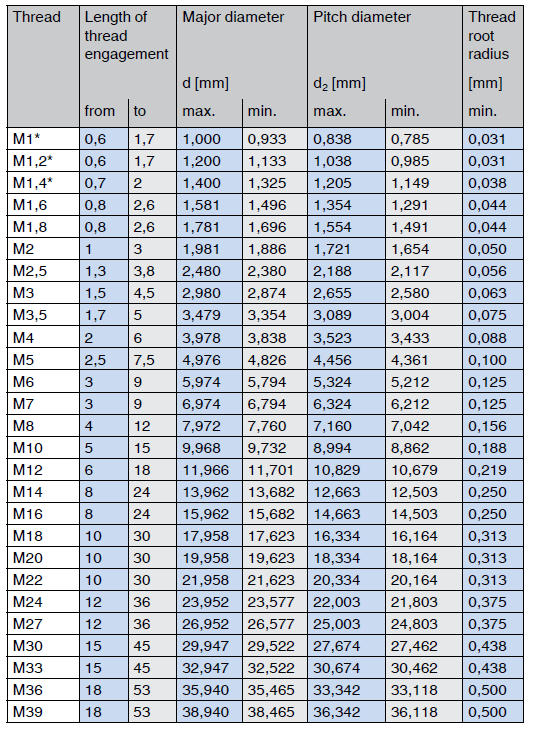
Stud Bolt Weight Calculator Free Framing Calculator
Weights of studbolts (imperial) in kilos per 100 pieces with 2 assembled nuts 3 / 8 7 16 1/ 2 9/ 16 5/ 8 3/ 4 7/ 8 1 1 1/ 8 1 1/ 4 60 2 1/ 4 5.5 7.6 10.8 13. Yes, our free framing calculator computes the number of studs for you, but why do we use the 2x4 system at all?Per ASME B18.2.1, the nominal thread length of inch-series bolts can be found by: where L is the total bolt length and d nom is the nominal bolt diameter.
It's a light type of construction, while a heavy-type uses bricks and concrete. Houses built this way are way lighter than traditional ones their building process takes less time and is much easier. These structures, however, are less durable, and cannot withstand severe weather conditions.
...
This is referred to as pin bearing, and the relevant equations are:In the table above, d nom is the bolt nominal diameter, t p is the part thickness, F s.app is the applied shear force, and S by is the bearing yield strength of the material.The table below summarizes the pin bearing results. The allowable stress is the shear yield strength of the part in the first column.If the joint is loaded in shear, then the bolt may be pressed against the inner walls of the through-holes in the clamped parts. Stresses and factors of safety are calculated per the equations above. The part listed in the "Pull Thru Part" column is acting to pull through the part listed in the first column. The relevant equations for analyzing pull through are:In the table above, d o is the outer diameter of the part pulling through, t p is the thickness of the part being considered, F t.app is the applied tensile force, and S sy is the shear yield strength of the material for the part being considered.The table below summarizes the pull through results. There are several principal failure mechanisms for the clamped parts which are described below.The tensile force applied to the joint will act to pull the parts through one another.
Stresses and factors of safety are calculated per the equations above. The part listed in the "Bearing Part" column is bearing on the part listed in the first column. If the bearing surface is outside of the applied force locations, then the bearing force is increased by the applied force:Where F PL is the preload force and F b.t.app is the portion of the applied tensile force taken by the bolt.The table below summarizes the bearing results, considering the top surface of each part. If the bearing surface is inside of the applied force locations, then the maximum bearing force that surface experiences is simply the preload force. The relevant equations for analyzing bearing are:In the table above, d o.min is the minimum outer diameter of the two parts bearing against one another, d h is the through-hole diameter of the part being considered, and S by is the bearing yield strength of the part being considered.F bear is the bearing force, and the value for the bearing force on a surface depends on the location of that surface with respect to the location of the applied tensile force in the joint. The allowable stress is the bearing yield strength of the part.The preload force will act to cause each part to bear on the adjacent parts.


 0 kommentar(er)
0 kommentar(er)
